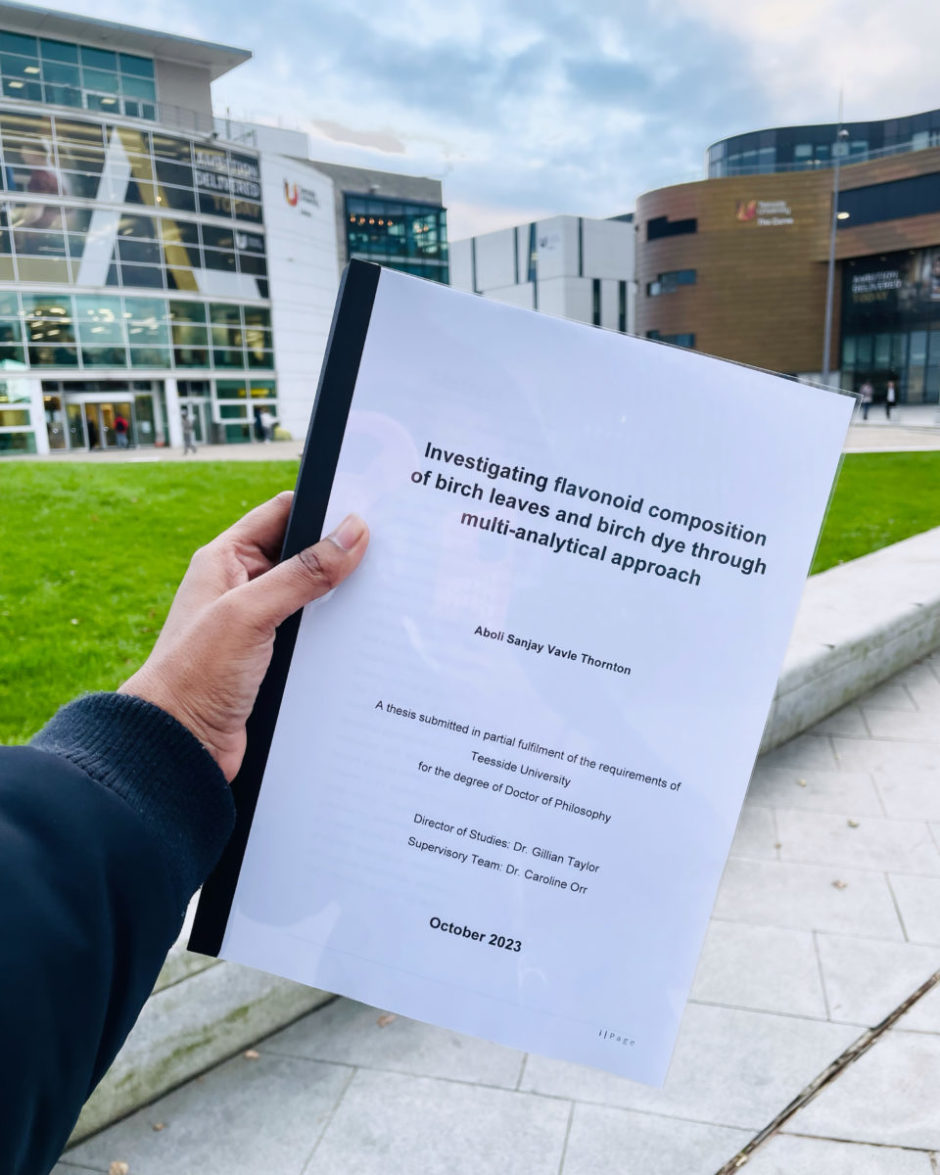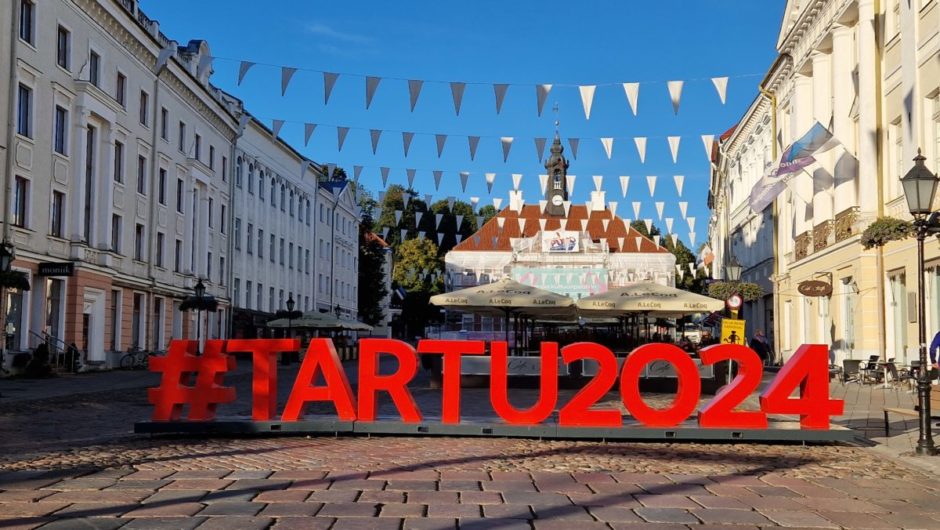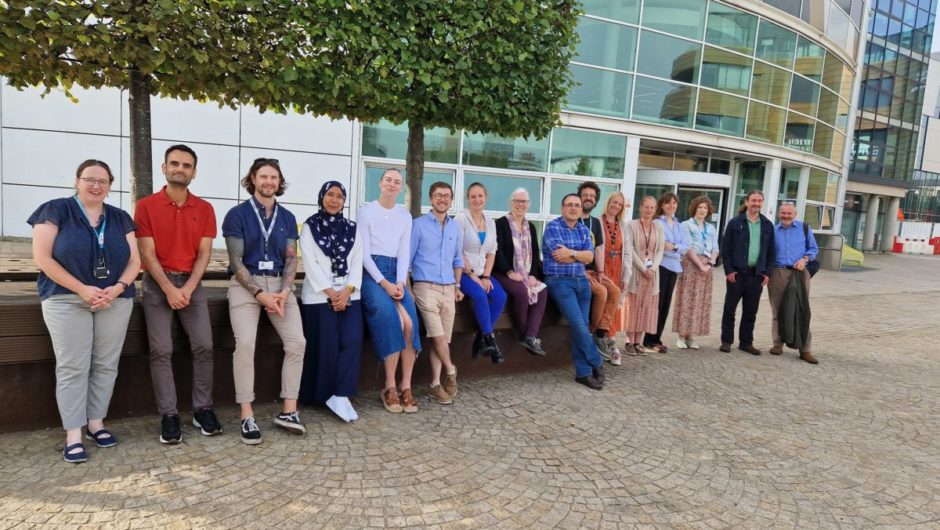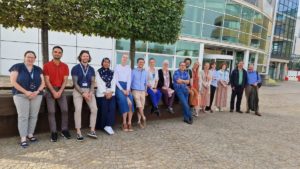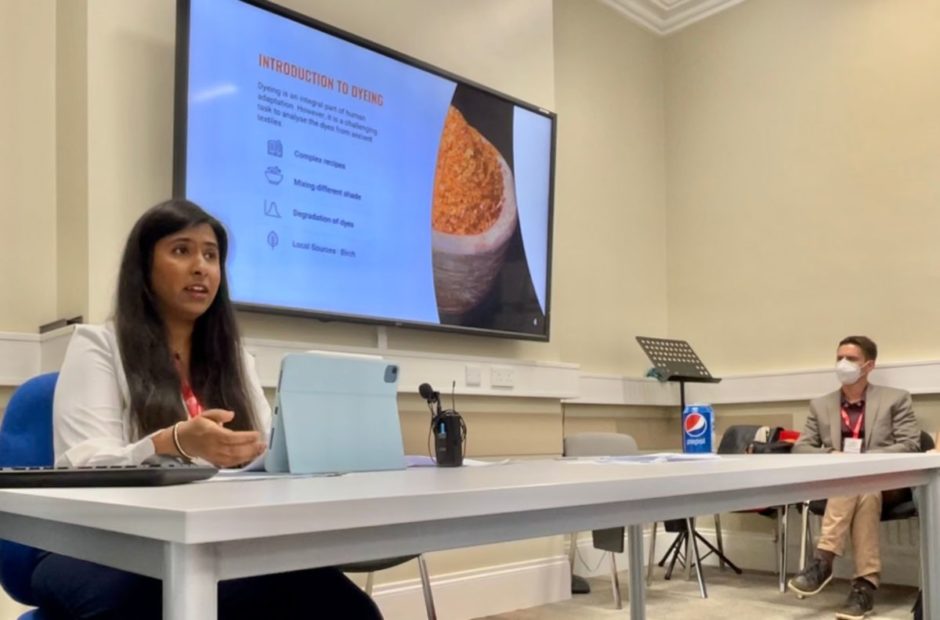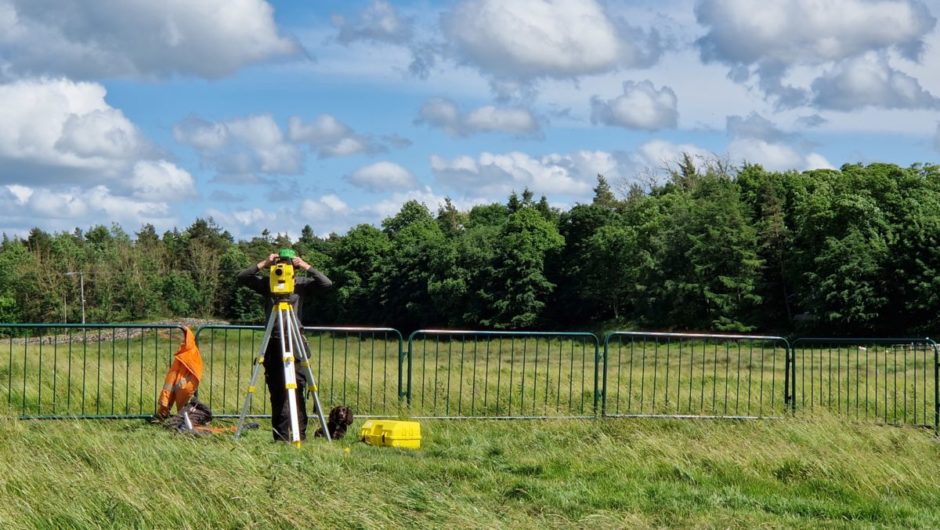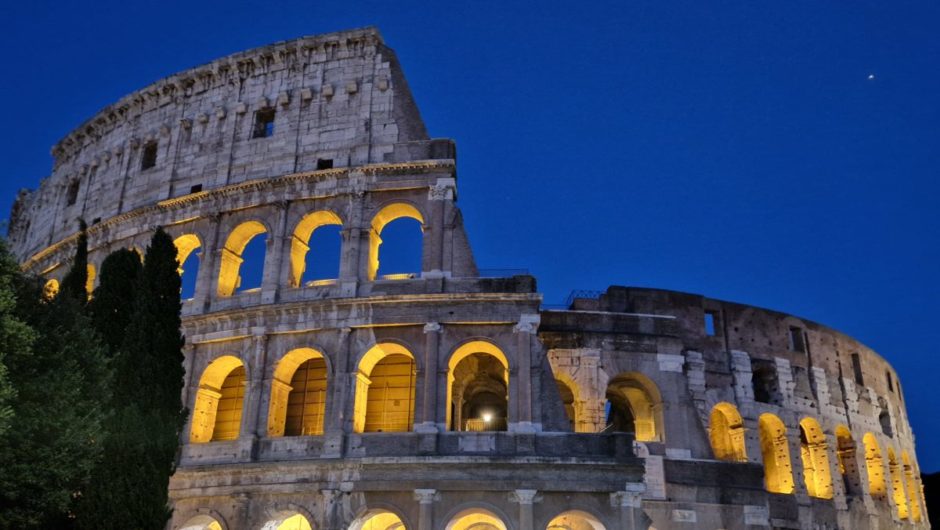This recent paper was the accumulation of work by Helga Halldorsdottir, huge data sets and some really novel results. The experiment set up was amazing..
Non-destructive FTIR-ATR analysis was applied to experimentally buried vegetable-tanned leather and archaeological leather excavated at the Roman site of Vindolanda, UK. Analyses focused on observing and monitoring changes in functional groups related to leather tannin, collagen and lipid components following burial. FTIR spectra were also collected from the tannin material and untanned hide, capturing the major structural differences between four stages of the leather material life cycle: The raw material, the tanned leather, the decaying buried leather, and archaeological leather.
Results highlighted rapid changes following experimental burial in wet soil, tentatively associated with early onset microbial activity, targeting readily available lipids but not tightly bound collagen. Before burial, major differences were present in leather spectra based on manufacture, but early after burial in wet soil, FTIR-ATR spectra indicated de-tanning could occur rapidly, especially in waterlogged conditions, with archaeological leather becoming more uniform and similar to untanned leather. Thus, comparison of FTIR-ATR results from archaeological leather to experimentally buried leather samples of known pre-burial manufacture proved useful, while comparison to FTIR-ATR data from modern unburied leather did not. Despite de-tanning occurring soon after burial, the vegetable-tanning method does impact long-term preservation of leather in wet soil. The impact could not be directly associated with the proportion of condensed to hydrolysable tannin, suggesting alternate variables impacted the preservation. Furthermore, mineral components introduced into the leather through the animal skin, tannin material and/or tannin liquid are tentatively suggested to contribute to this impact. A high degree of heterogeneity in error results within the experimentally buried sample material underlined that any changes in collagen ratios cannot be overinterpreted and must be considered within the context of larger datasets.


